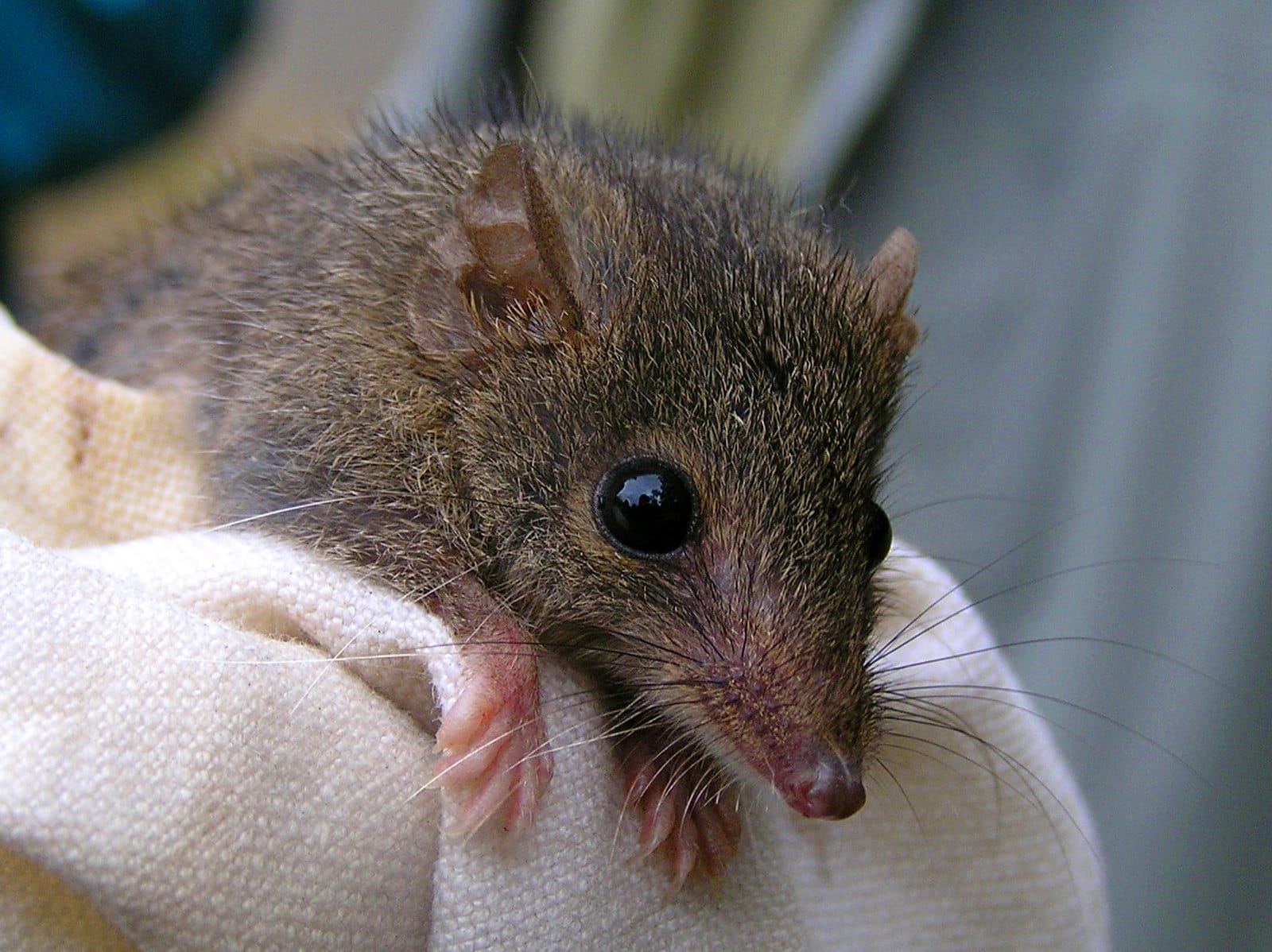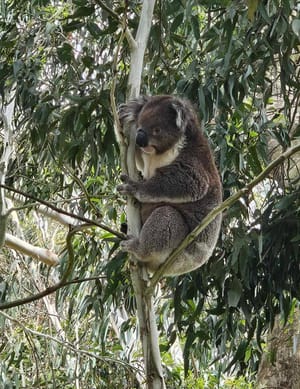With Zav Evans
Ah, milk. We humans do love the stuff. That nutritious, opaque fluid we mammals (from the latin mamma, meaning breast) use to fuel our developing young. We ferment it into yoghurt, coagulate it and make cheese, isolate the fats and churn them into butter, add it to oats to make the sloppy gruel we call porridge, use it in cosmetics, isolate its proteins to synthesise bioplastics, use it as an emulsifier and surfectant, as an additive to a staggering variety of food, to stabilise oil and latex paints, in dishwashing liquid, as an adhesive in cement, asphalt and bitumen, in buttons, buckles and that faux ivory knife handle your housemate doesn't want going in the dishwasher. It's even used to reinforce the rubber in your car tyres. Milk and milk derivatives are such a big part of our society that we rarely stop to consider that what we're using is another animal's milk! Indeed, despite humans producing it ourselves, our own milk is seen as uninviting and unpalatable, and if you say "milk" to another person, they will immediately assume you are talking about non-human milk. At the risk of using too much of a personal voice writing what is, ostensibly, an informal essay, the author considers this very odd.
Australian marsupials are very different to the rest of the world, the way they do milk even moreso. Let us begin the examination with the Antechinus. These cute, carnivorous, and often extremely vile smelling creatures are the size and shape of a mouse. They begin their time in this world as a fleshy blob the size and shape of a grain of rice with two little legs, often emerging from their mother around a month after conception. These tiny wet pellets wriggle their way along the underside of their mother toward a group of nipples partially shielded by small flaps of skin which form a corridor that helps guide them. This arduous journey spans several centimetres. Once safely suckling on the good stuff, they remain attached for five weeks, growing into the appearance of pink fleshy grapes in a manner that looks distinctly uncomfortable for the mother and her young.
A young kangaroo however, would stand little chance of staying on board its mother if all it had to cling to was a nipple, which is why female kangaroos come with a bag installed on their belly. This poses something of a problem for the emergent joey, who comes out at the rear of the mother, and receives no assistance in getting its little bean body to the place of safety and sustenance. The babe comes out without developed eyes or ears, and moves agonisingly slowly with the help of specialised claws to grasp its mother's hairs in its determined marathon to the milk shop. Once arrived, the tip of the nipple swells inside the young's mouth, meaning it can't disconnect even if it wants to. Curiously, even once this joey has grown to a point of partial dependency on milk and its younger sibling has found its way to a nipple the older joey may still poke its head back in and suckle on a completely different kind of milk to the much younger underdeveloped joey.
Echidnas on the other hand lack anything as grandiose as the roo or antechinus. Echidnas, true to their form, have what you might find if you tried to source a cheap nipple in a Dan Murphy's carpark. Sort of just skin that leaks. Called milk patches, they exist in the pouch of the mother, and the young (called puggles) lap at the secretions. Echidnas are such cheapskates on reproductive biology in fact, that their pouch is temporary, only coming in when they have eggs or young.
The diversity in how mammals use and produce milk is a marvel of nature often taken for granted; we are after all, mammals ourselves. If you found this column fascinating, I invite you to look into pigeon milk.






